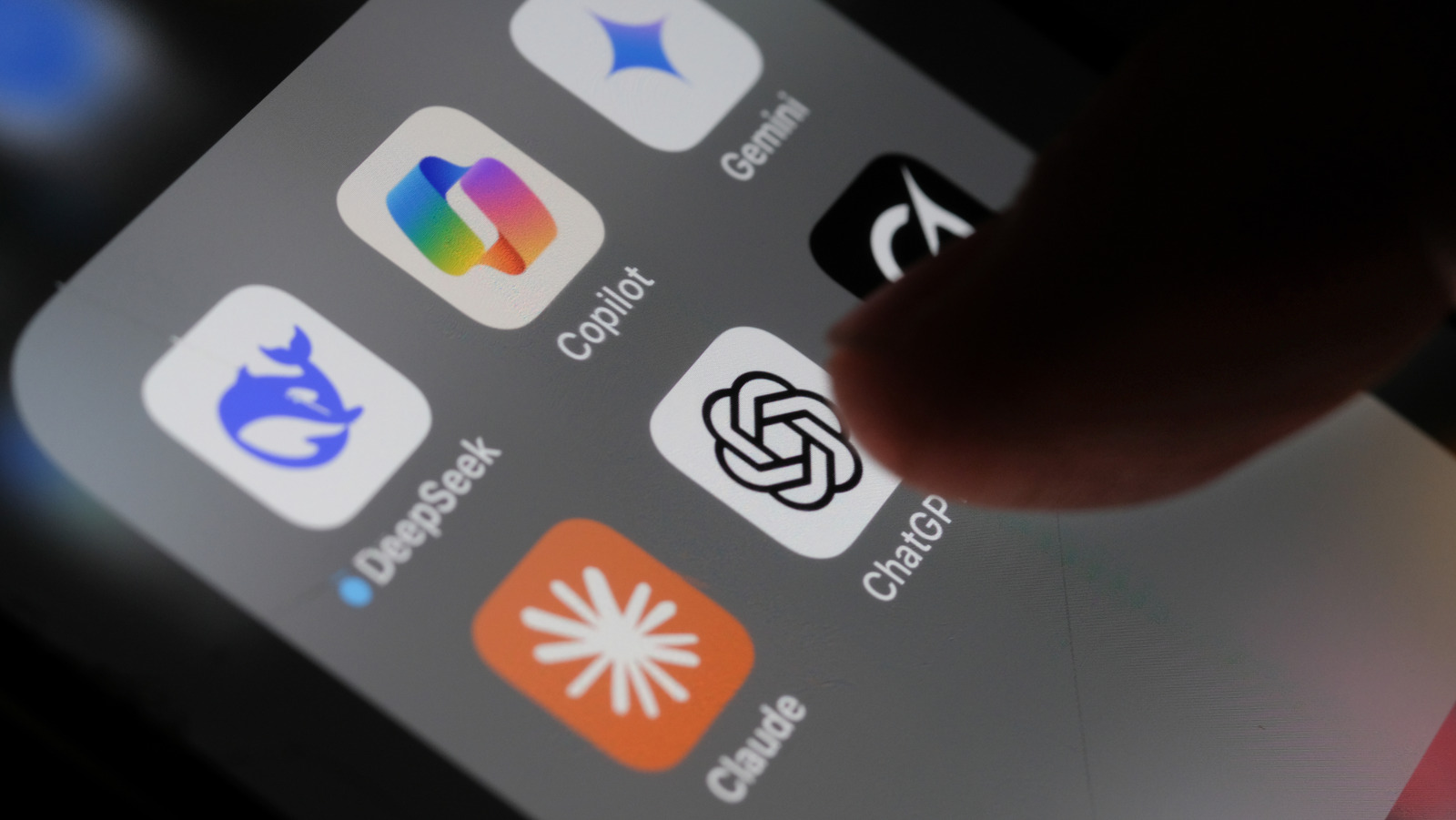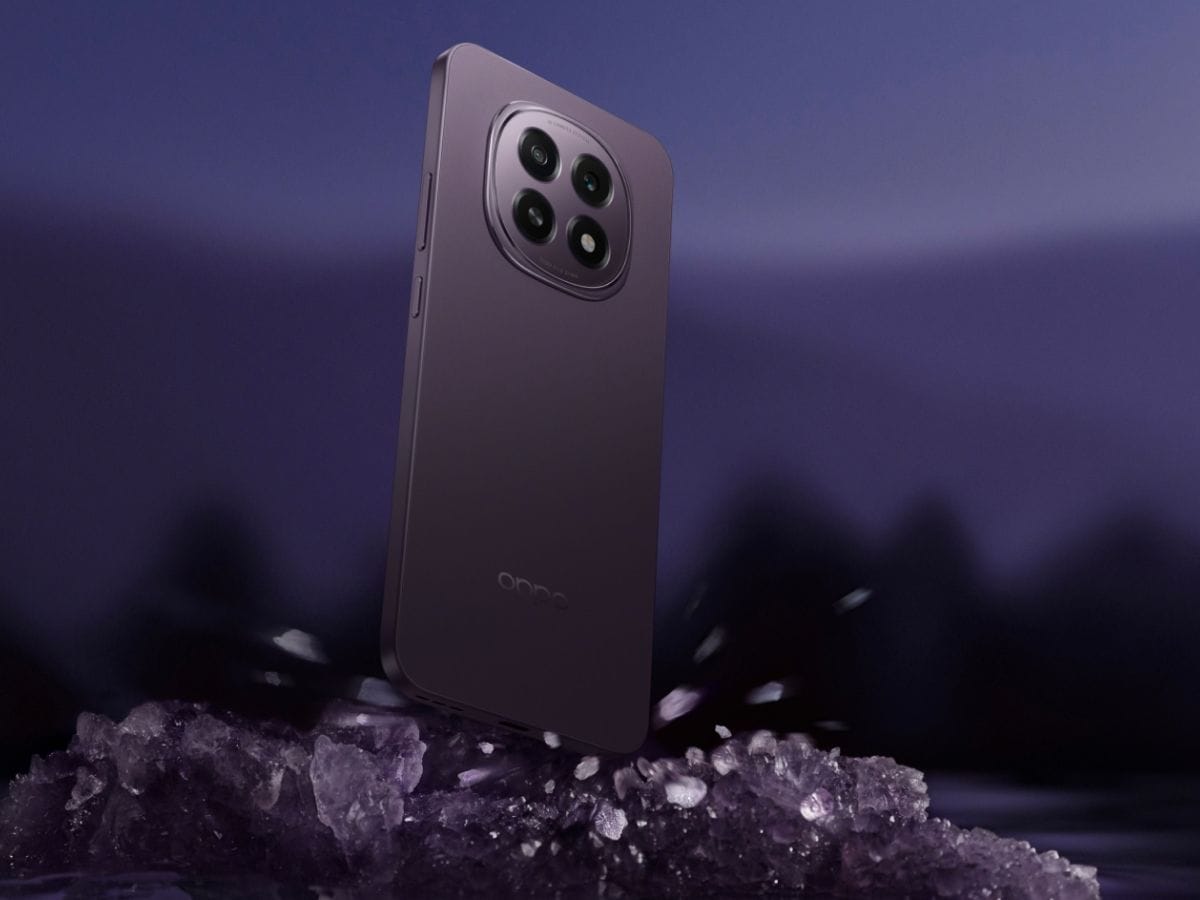The small oval hole present on all soda cans hides a very interesting little technical secret, which has nothing to do with the use of a straw. Here is the unknown story of this little mechanism.
The unknown history of a revolutionary invention
The adventure of the modern tongue began in 1962 with a small anecdote. Ermal Cleon Fraze, an American engineer, finds himself during a picnic in the face of a problem that many have known: no decapalator on hand for his can of beer. Forced to improvise, he uses the bumper of his car to open his can, a frustrating experience that will change the history of the packaging.
This mishap inspires Fraze a great idea: directly integrate an opening system on the can itself. In 1963, he designed the first detachable tab, definitively eliminating the need for an external tool. This innovation is experiencing immediate success and radically transforms the consumption of drinks.
It was in 1975 that the darling of ducklings appeared as we know it today. Daniel Cudzik, employee of the Reynolds Metals Company, invents a tab that remains entirely attached to the can, unlike the old version which was disposable. But Cudzik is not content to fix the tongue. He adds an apparently insignificant but technically crucial element to him: the famous little oval hole. Unlike popular belief, this hole is not intended to maintain a straw in place, but is used to reduce the effort necessary to puncture the aluminum cover, acting as a small lever.
Indeed, the effectiveness of the device is explained by mechanical concepts tested and proven: the hole transforms the tab into a small lever and divides the force necessary to lift the cover. Using this mechanism, the tab manages to perforate the aluminum cover with less intense effort than if it was not holes.
When engineering meets ecology
The industrial process set up by Daniel Cudzik was patented in July 1976 under the name of “Stay-on-Tab” (“tab that remains attached”). In addition to making the opening practical, this innovation remains today an excellent solution from an economic, but also ecological point of view:
From an economic point of view, putting a hole in the tongue saves on raw materials and freeing a greater margin for manufacturers. This detail may seem superfluous, but on the billions of cans produced in France each year, the economy is substantial. In addition, it is not only the hole that saves.
Since the invention of Cudzik, the design of the tab has continued to evolve in a subtle way. Engineers work on the optimization of forms, the improvement of the ergonomics of the mechanism and the reduction of its environmental impact. Each modification, however minimal, is rigorously tested before being deployed on an industrial scale. This saving of raw material, multiplied by the billions of cans produced annually, represents both thousands of tonnes of preserved aluminum, and an increase in profits for brands. Today, the average weight of a can is less than 20 grams. This lightness, combined with its resistance, makes the can one of the most effective packaging ever designed in terms of weight/volume ratio, and this is what made it so popular with the French:
In 2024, La Canette became the second best -selling packaging in French stores, ahead of glass, testifying to its growing commercial success. The figures are dizzying: each year, about 5 billion cans are marketed in France, or more than 75 cans per capita!
The constant recycling challenge
With this ever growing popularity, the recycling of cans remains in France a major challenge. The sector estimates that around one in two can is recycled, a rate that is much lower than the European average of 75 %.
The ambition is clear and encrypted: reaching 90% recycled cans by 2030. To materialize this ambitious objective, organizations organize an unprecedented collaborative strategy through a unifying charter which brings together all stakeholders: public actors, private companies and local authorities.
Thus, after the “metal project” (sorting centers of metal packaging) and especially the “Each can account” program, which in 2024 celebrated its 15 years of out -of -home collection, the actors of the sector wish to spend a new course with a “commitment charter for the acceleration of the collection of aluminum cans”. This new initiative is based on four pillars in order to increase the share of recycled cans in France: the collection of data, awareness, out-of-Foyer collection and more sorting devices. The Charter already brings together several major players in the sector, such as France aluminum recycling, France aluminum, the national recycling circle or even cities of France.
The next time you open a can, take a moment to appreciate the ingenuity of its manufacture and the ecological challenges it allows to meet. And of course, don’t forget to throw it into the recyclable waste tank!
🟣 To not miss any news on the Geek newspaper, subscribe to Google News and on our WhatsApp. And if you love us, .











